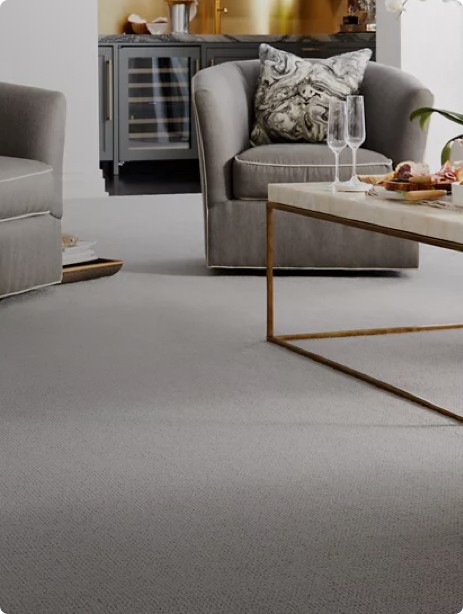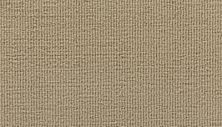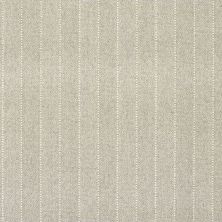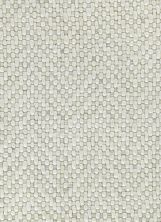Carpet in the San Francisco Bay Area
Carpet is a versatile and cozy flooring option for rooms where you want to add more comfort, such as your living room or bedroom. Beyond its soft and warm feel underfoot, carpet provides excellent insulation, enhancing energy efficiency and reducing heating costs. With a vast array of colors, patterns, and textures, carpet can match any interior design style. Easy maintenance and cost-effectiveness make it a popular and practical choice for comfort and style in various living spaces.
Learn about carpet basics, carpet gallery, carpeting installation, carpet questions, and carpeting care and maintenance.
Top carpet products
About Carpet
Selecting the right carpet style and fiber for your home is a crucial decision, as it influences both the look and functionality of your space. The choice between plush, textured, or patterned styles and various fiber options such as nylon, polyester, or wool allows you to tailor your carpet to match your personal taste and lifestyle. Consider your household's activity levels, the desired level of comfort, and your maintenance preferences to make an informed decision. Whether seeking luxurious softness, durable resilience, or a perfect blend of both, the diverse array of styles and fibers ensures you'll find the ideal carpet to complement your home.
When carpeting is made, fibers (also called yarns) are woven into a material backing. This is done to create small loops of yarn all along the surface, forming what is known as the carpet’s “pile.” The type of pile can significantly impact the carpet's appearance and feel. For instance, loop pile carpets, such as Berber, maintain the loops intact, giving them a distinct texture and durability. On the other hand, if the loops are cut, the carpet is classified as a cut pile, like frieze, offering a softer and more luxurious feel. Some carpets combine both techniques, known as cut and loop, providing a unique blend of textures for added visual interest and versatility. These different pile styles result in carpets with varying characteristics, making it essential to consider the surface texture when selecting the right carpet for your space.
Loop - Supremely versatile, extremely durable, and also quite affordable.
Textured - Hides footprints and vacuum tracks, a good choice for high-traffic rooms with a lot of activity.
Twist - Described as casual and soft. A popular choice for spaces where the family gathers.
Pattern - Turn your floors into a statement piece or simply add another layer of visual interest.
In addition to the differences in carpet pile, an important distinction between carpets is the fiber used in their construction. Fiber refers to the material used to create the carpet’s yarn, and fibers can be either synthetic or natural. Most carpet on the market today is made of synthetic fibers, including, nylon, polypropylene, or polyester. Natural fiber carpets are usually made of wool, though you will occasionally see other natural materials, such as silk, cotton, or bamboo. Carpet characteristics will vary depending on their construction and material.
Choosing carpeting can seem like a daunting task. At The Floor Store, we're happy to walk you through your options and answer any questions. Whether you want a luxurious carpet for your bedroom, a high-performance version for your living room, or an affordable option, we have a variety of high-quality carpet types and materials so you can find the perfect solution for your space. Feel free to call us or stop by one of our nine showroom locations and talk through all of the options available to you.
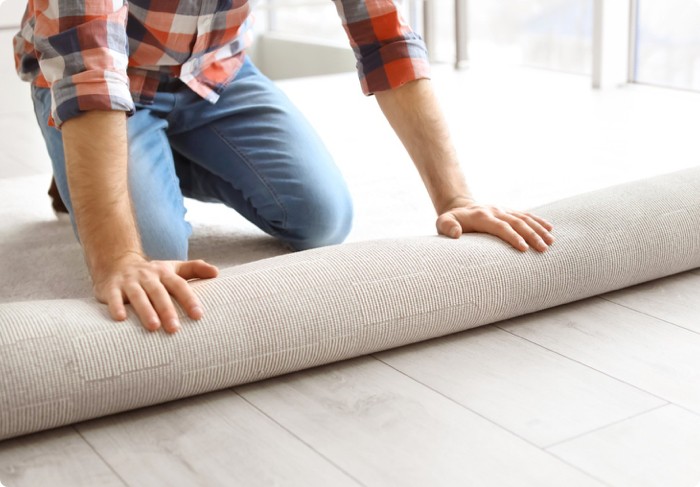
Carpet installation
There’s a lot to think about when it comes to installing carpet. It’s good to understand what the process entails before you buy. At The Floor Store, we have years of experience and are happy to answer any of your specific carpet installation questions. In the meantime, here’s a brief overview of what to expect.
Before you think about installation, our staff will work with you to ensure we have the appropriate measurements for your project. As with any flooring installation, the room must be cleared of furniture and other items before installation begins. Consider whether you’ll be installing carpet over existing flooring or need to have it removed and taken away; this should be discussed when you purchase your carpeting so expectations are clear for both you and your installer. Remember that baseboards and molding may also need to be removed before installation, and you may need to consider whether your subflooring needs repairs to ensure that the floor is safe, stable, and level.
Plan to be home during the installation. It will ensure you can communicate well with your installation team and have any of your questions answered. Your carpet padding will be installed first. On top of that, your carpet will be installed using a seam diagram to ensure that placement minimizes the appearance of any seams.
You may want to discuss doors and molding in advance, as your installation team will not reinstall molding or trim doors. You’ll want to consider having a professional install your baseboards and trim your doors should the need arise.
After your carpet is installed, your room will need good ventilation. You can help ensure good air flow by opening windows, turning on fans, and taking other steps to air the room for about 72 hours. Your new carpet may “shed” a bit, but frequent vacuuming in the first few days will help. Use scissors to trim loose fibers, and enjoy your new flooring!
How do I keep my carpets clean?
The beauty and life of your carpet depend on how you care for it. Follow a proper cleaning routine to keep it looking great over time and extend the life of your carpeting.
Frequent vacuuming removes soil particles before they get below the surface of the pile. Vacuum in light traffic areas at least once a week and use attachments to clean carpet edges and corners. Vacuum twice weekly in medium-traffic areas. It’s a good idea to vacuum daily for heavy traffic or pet areas.
Clean spots and spills quickly with products specifically formulated for your carpet type. Check your warranty for recommended carpet cleaning products.
Professionally deep clean your carpets every 12 to 18 months. Professional carpet cleaning equipment can extract dirt and grim more effectively than DIY rental units. The pros also know the correct cleaning agents for your carpet type.
Place doormats both outside and inside entryways to trap dirt and moisture before it’s tracked into the home. Remember to clean your mats regularly, too.
Occasionally, move your furniture to change foot traffic patterns and avoid excessive carpet pile crushing. It won’t just renew the feel of your room but will also help prevent extreme pile crushing. Also, consider using carpet protectors under the legs of tables, chairs, and other furniture to help distribute the weight.
One of the best things you can do to care for your carpet is to use quality padding beneath. The right carpet pad not only gives better resilience and comfort underfoot, but it can also extend the life of your carpet.
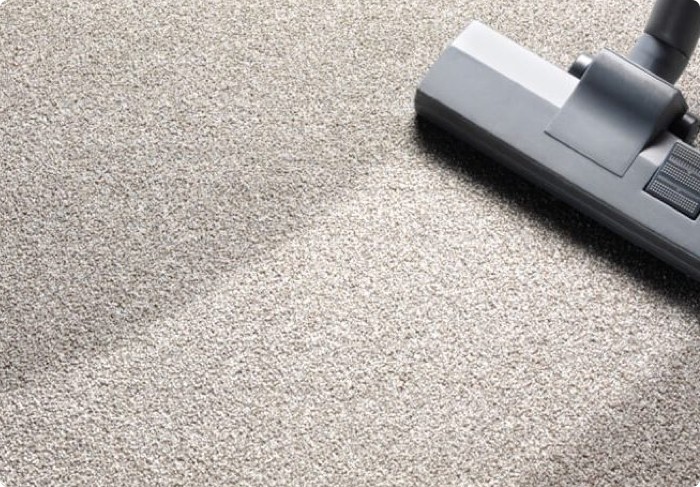
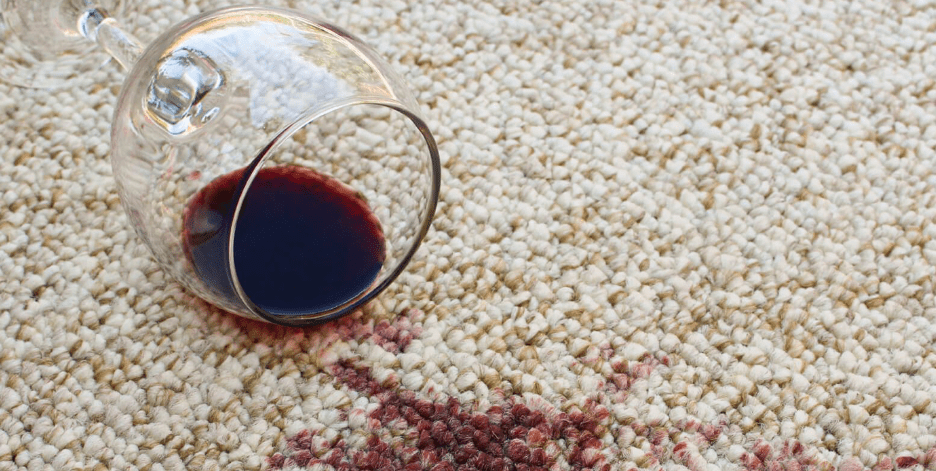
Dealing with spills and stains
Managing spills and stains on your carpet requires quick action. Begin by blotting spills with a clean cloth to absorb the liquid, avoiding any rubbing that may spread the stain. For persistent marks, adhere to your manufacturer's guidelines.
Common questions about carpet
When it comes to carpet, the options are virtually endless. But carpet can be split into three basic categories based on the characteristics of the carpet’s surface. This visible, wearable surface, consisting of yarn tufts, is called a “pile.” Carpets are categorized as “cut pile,” “loop pile,” or “cut and loop.” To learn more about each pile type and what might work best for you, contact your nearest Floor Store Location.
This depends on several factors, including your style, needs, and budget. Today, most carpets on the market are made of synthetic fibers, including nylon, polypropylene, or polyester. Natural fiber carpets are usually made of wool, but some carpets blend wool with silk, cotton, or bamboo. Wool is generally considered one of the best and most attractive carpeting materials available and, as such, costs significantly more than many synthetic fiber options. However, there are soft, durable carpeting options made of synthetic fibers. A Floor Store associate can answer more questions about which options best suit your needs.
Carpet usually comes packaged in a roll that’s not wide enough for most large rooms. Unfortunately, this means that seams are probably inevitable. However, a carpet installation professional will use a seaming diagram as a blueprint to ensure that seams are minimized and well hidden within a room. With certain carpet styles, seams show more than with others, so this might be a consideration. If you have particular concerns about seams within your room, consult a Floor Store associate to discuss your carpeting options.
Yes, you do! Padding can make an enormous difference in how your carpet feels after installation. It absorbs much of the impact when walking on the floor, contributing to a softer feel and helping to preserve and maintain your carpet over time. Different carpet pads may be recommended for different types of carpet. We recommend that you consider purchasing a high-quality carpet pad to ensure a long life for your carpet.
